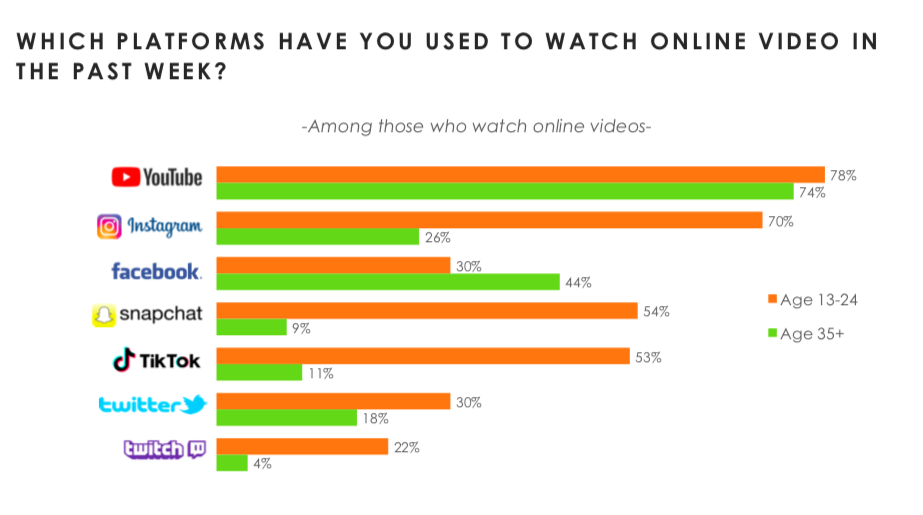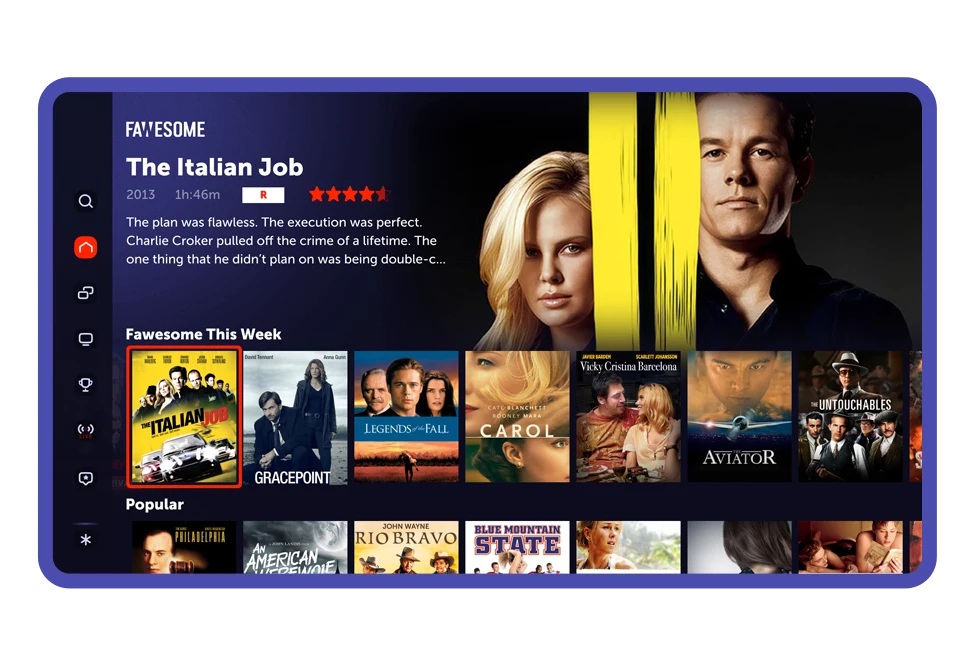Online Video as Popular as Traditional TV for Young Consumers, Hub Reports
Popularity of non-TV online video has only increased during the pandemic

BOSTON—Young consumers (aged 13-24) spend nearly as much time per week watching non-TV online video content as they do traditional TV programming, with the COVID-19 pandemic only increasing their online video consumption, according to a new report from Hub Entertainment Research.
According to Hub’s 2020 Video Redefined study, 13-24 year olds spend about 11.4 hours per week watching non-TV online video (i.e. YouTube, Twitch, TikTok) and 11.8 hours per week of traditional TV/streaming. No other age group is that close—25-34 year olds spend 17.9 hours per week watching traditional TV, compared to 10.3 hours for online video; 35 year olds and over watch more than three times worth of traditional TV (22.7 hours vs. 7.3 hours).
Unsurprisingly, the pandemic and subsequent stay-at-home orders have resulted in many 13-24 year olds increasing their online video consumption. Per Hub, two-thirds in this demographic say they are watching more online videos than prior to the pandemic. Older consumers have been less impacted, with only 29% saying they are watching more and 59% saying their habits haven’t changed.
Outside of YouTube, which is the top online video platform across all age groups, what sources age groups use to watch online videos strongly differ. Facebook is the only other source where more than 20% of those over 35 say they have watched an online video in the last seven days (44% say they have), however Facebook is actually tied for the second-least used service for those between 13-24. The young age group is more often watching content on Instagram, Snapchat and TikTok.

According to respondents, online videos serve a different purpose than traditional TV and major streaming services, Hub reports. People described traditional TV and a streamer like Netflix as a way to unwind or decompress, but YouTube, most notably YouTube Influencer videos, help consumers learn things, while TikTok is said to be a way to kill time.
“The rapid growth of platforms like Instagram, Snapchat and TikTok, added to the continuing popularity of YouTube influencers, has made online video a leisure-time force to be reckoned with among 13-24 year olds,” said Peter Fondulas, principal at Hub and co-author of the study. “Of course, that popularity has major implications for marketers, especially considering that young consumers are more likely to trust product endorsements from their favorite online video personalities than traditional advertising.”
For more information, visit Hub’s website.
Get the TV Tech Newsletter
The professional video industry's #1 source for news, trends and product and tech information. Sign up below.
